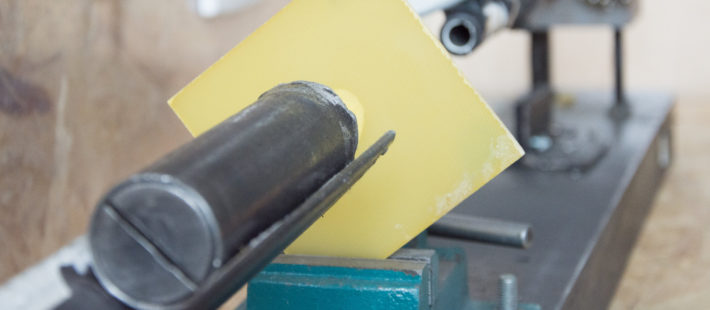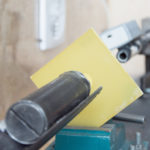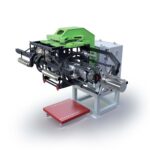Composite materials are increasingly popular. One of the primary composite materials for modern structures is glass fiber reinforced plastic (GFRP), which is commonly used in aviation, modern transport and wind power plants. Scientists of South Ural State University have carried out extensive studies of ballistic properties of GFRP to improve the efficiency of its use.
GFRP is relatively cheap and has high strength. However, practically all well-known results regarding ballistic characteristics of GFRP do not take into account various loads occurring when operating the structures or consider comparatively low-impact loading speeds. At the same time, a more frequently encountered problem is impacts at high speed. The team of scientists from SUSU’s Institute of Engineering and Technology have determined ballistic characteristics of glass fiber reinforced plastic under exposure to operational loads at a high speed of impact loading.
“Often, noses of modern trains, which are produced out of composite materials, are exposed to impacts during the train’s movement. We have studied the influence of the impact force on a plate made of composite material under the normal operational load. We stretched the sample, creating a strained condition, and then determined its ballistic properties in an impact,” says one of the project authors, Mikhail Zhikharev.
A compact acceleration test bench was used for studying the ballistic properties. During the experiment, a ballistic stand was placed inside the testing machine for stretching the sample to the given value of preliminary load. Speed of the projectile varied from 100 to 800 m/s for each level of loading.
In order to receive the full picture of properties of the GFRP, an ANSYS Workbench simulation used finite elements of preloaded plates and exposed to a ballistic impact. Results of numerical modeling were sufficiently close to the data obtained in the course of the real experiment.
«We determined dependencies of ballistic limit value on the value of preload,” explains Mikhail Zhikharev. This is how we determined that the ballistic limit of a plate made of GFRP reduces for 15 percent under loading up to 50 percent from the ultimate strength limit. Taking into account the obtained data, modern trains and trams made of GFRP can be designed that are more resistant to operational loads. This will increase their reliability and service life».













